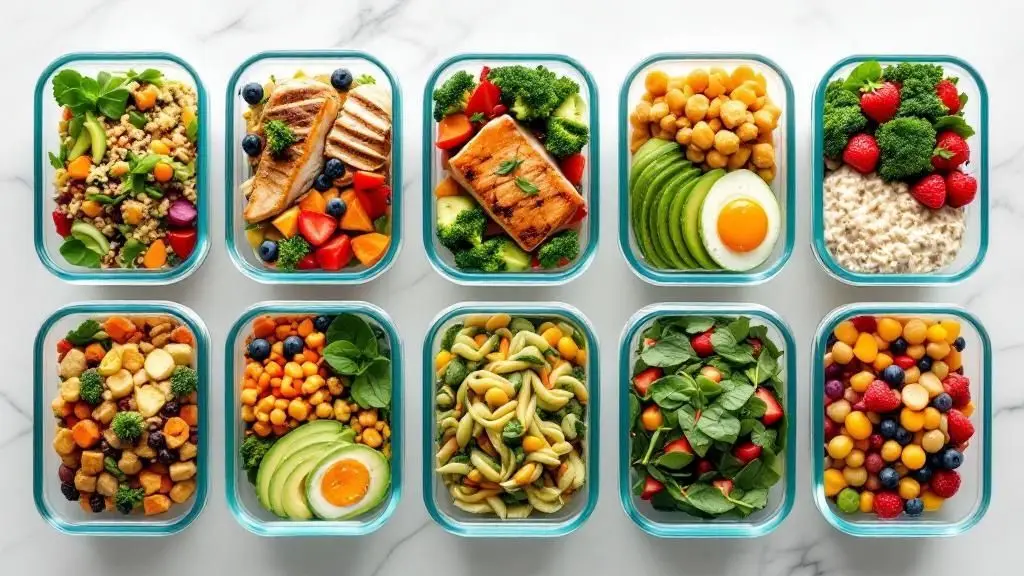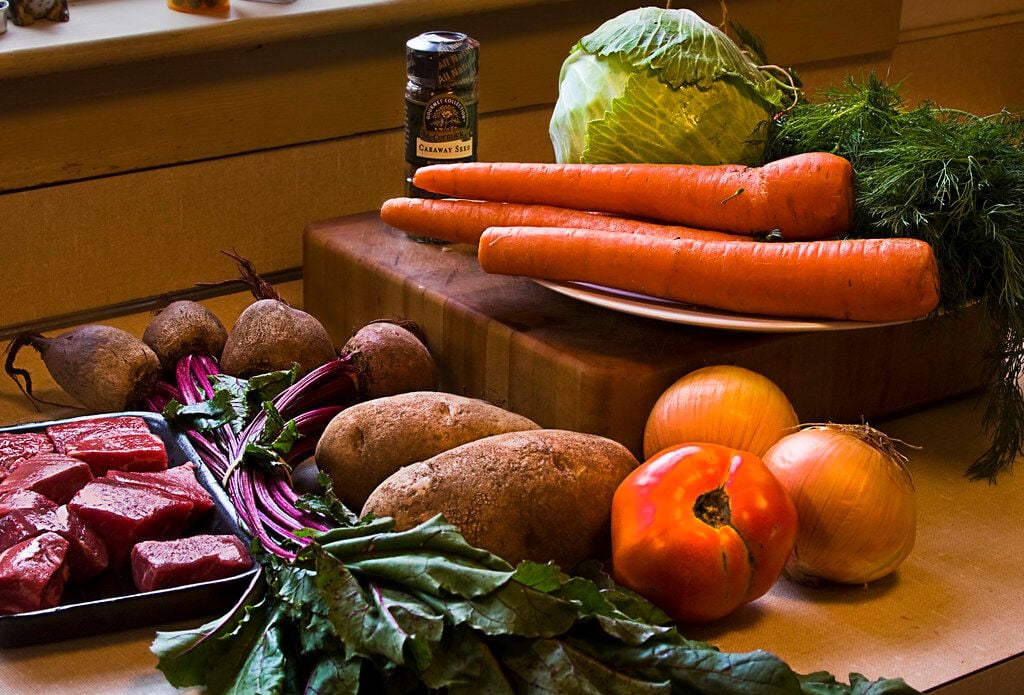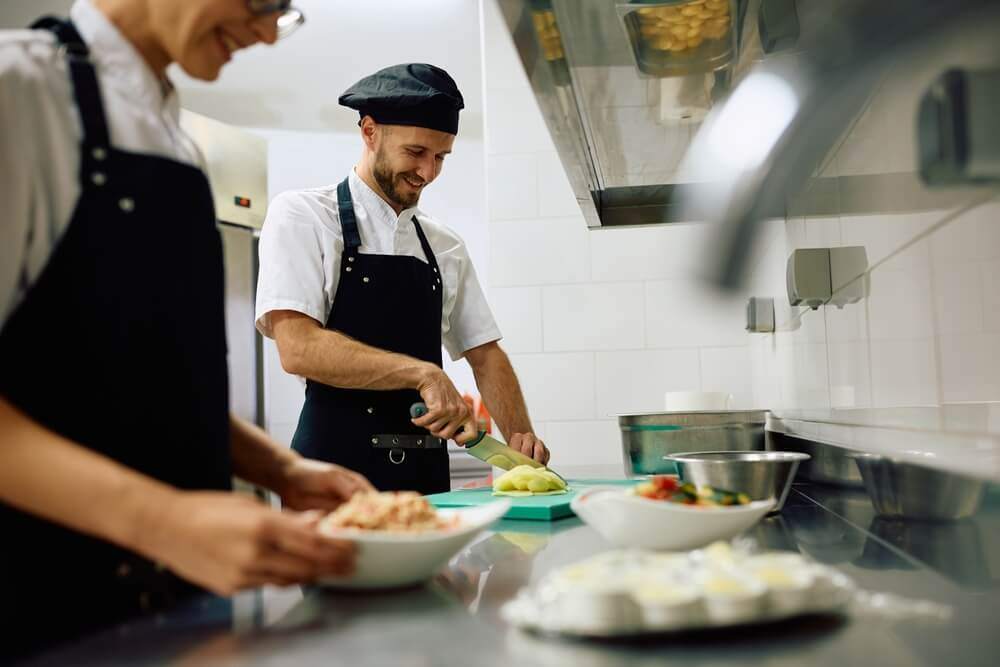
The Clean Dozen: A Comprehensive Guide to Washing Fruits and Vegetables
- Aug 1, 2024
Ever wonder about the journey your fruits and vegetables took before ending up in your kitchen? Harvesting, handling, and packing - it all contributes to the complex world of 'food dirt'. Unavoidable critters, dirt, and pesticides, all find their way on your favorites. The Environmental Working Group's annual 'Dirty Dozen' serves as a chilling reminder; it lists the 12 most pesticide-contaminated produce based on data from the Department of Agriculture. To safeguard your health, washing produce thoroughly before consumption or cooking is vital as a mere rinse under tap water won’t suffice.
You're not alone if you've experienced a store-wide recall of your favorite leafy greens or witnessed a news headline highlighting an outbreak linked to poorly washed produce. Greens such as lettuce, kale, and spinach are prominent culprits given their growth patterns which render them susceptible to E.coli and dirt. Here’s how you should clean them:
Get a large bowl, fill it with cold water and start sorting your leafy greens. Toss any damaged outer leaves and separate remaining ones before immersing them in the water. Swish them around to shake off dirt. Repeat this process with fresh water until the greens are clean. Quick tip: if you’re only washing a small number of lettuce leaves, a salad spinner does the job perfectly.
When it comes to kale, let it sit in cold water for about 10-15 minutes while occasionally rubbing the leaves to loosen dirt. For spinach leaves, discard any that appear brown or moldy. Next, let them sit under cool running water for approximately two minutes.
A common myth suggests that washing berries expedite their spoiling process. While they do spoil quickly, berries still require washing with the caveat being timing is key. They should be washed right before consumption.
Strawberries can be washed in both hot or cold water, depending on your storage plans. A hot water soak (around 125°F) could help prolong their shelf life. Aim to soak them for about 30 seconds to five minutes. Blueberries need a quick one to two minutes rinse under cool running water. Be cautious when washing raspberries. They are delicate and do not endure the pressure of running water. Instead, dunk them gently in a bowl of cold water, periodically giving them a gentle swish.
Tomatoes can be easily cleaned under a cold running water while gently rubbing the skin.
While a thorough rinse under tap water goes a long way in cleaning your produce, another useful method employs a vinegar soak. Fruits with edible skins, such as peaches and pears, benefit greatly from this soaking. A mixture of one part vinegar to four parts water does the trick. Alternatively, you can use a saltwater bath, which became increasingly popular due to its effectiveness in removing bugs. Add two to three tablespoons of salt in a bowl of water and let your fruits soak for 15-30 minutes. Happy cleaning!






